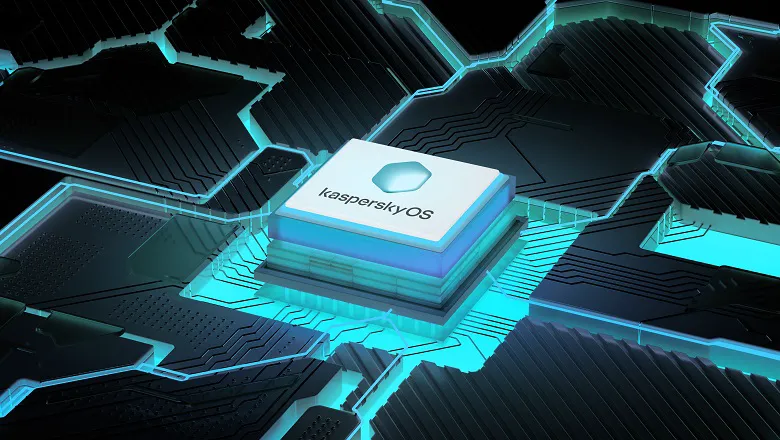
Mastering System Hardening: A KasperskyOS Perspective on Performance and Security#
- Expert Insight from Kaspersky: The article features Anna Melekhova, a Senior Architect in the KasperskyOS Architecture Development Department, sharing her extensive practical experience in system development.
- Diverse Development Background: Melekhova’s expertise spans various high-stakes projects, including virtualization, and her current role at Kaspersky involves building a microkernel operating system (KasperskyOS) with stringent security demands.
- Redefining Hardening: The core premise challenges the conventional view of hardening as a mere checklist, emphasizing it as a collection of highly specific, practical solutions crucial for robust system defense.
- Balancing Security and Performance: A critical focus of the discussion is the inherent tension between enhancing security measures and maintaining optimal system performance, aiming for solutions that protect without significant degradation.
- Actionable and Performance-Friendly Strategies: The author promises to deliver a personal top list of hardening techniques that are proven to boost security efficacy while having a minimal or negligible impact on system performance. In the rapidly evolving landscape of cybersecurity, the imperative to fortify systems against an ever-growing array of threats is paramount. However, this pursuit often introduces a formidable challenge: how to implement robust security measures without inadvertently crippling system performance or user experience. This delicate balance is particularly acute in critical infrastructure, high-transaction environments, and embedded systems, where even marginal performance degradation can have severe operational or financial repercussions. The insights from Kaspersky, a global leader in cybersecurity, underscore a broader industry recognition that security cannot be an afterthought; it must be intelligently integrated from the ground up, leveraging approaches like microkernel architectures to achieve a foundational level of resilience. Looking ahead, the discourse on system hardening will undoubtedly lean further into methodologies that prioritize performance-aware security. We can anticipate a greater emphasis on “security by design” principles, where performance implications are considered alongside threat models at every stage of development. Future innovations might include AI-driven hardening agents that dynamically adapt security policies based on real-time threat intelligence and system load, or hardware-assisted security features that offload computationally intensive tasks. The shift towards practical, performance-neutral hardening, as advocated by Kaspersky, suggests a future where security is not a trade-off, but an intrinsic, optimized characteristic of modern computing environments.
